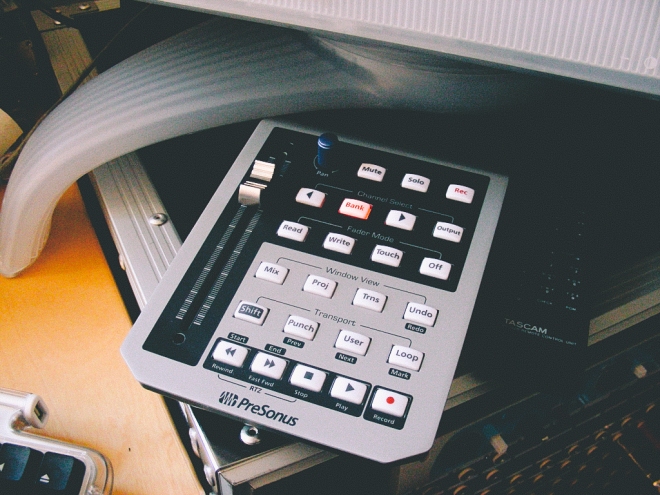Kami-O is a Glaswegian producer, DJ and host of Glasgow clubnight Lightworks. In 2015 he set himself a challenge to publish a new piece of music each week. Here is a case study of the one-track-a-week for-a-year challenge by Kami-O.
Glasgow-based producer Kami-O has been hard at work for the past year. On 1st January 2015, a few months before finishing college, Kami-O decided that he will produce and publish to the world a new ‘piece of music’ – track, remix, DJ set, mixtape – every week for a year.
He started producing electronic music in 2011, then went to college to study music production. Be 2013 he got the ball rolling, “met lots of good people, sorted my sound out.” But then he reached a plateau:
“I took months over one track. I was really annoying myself, micromanaging everything I did. Everyone asked me to put stuff out more often.”
His solution was to challenge himself creatively, perhaps in a somewhat extreme way. A year later, the 40-track album Annum was released, comprised of (the majority of) songs he created in 2015.
For the first five months, he made tracks using sketches from his back catalogue. By May, there were no drafts left, so the tracks had to be made from scratch: a problem at first, but soon overcome. Around the halfway point he noticed the biggest leap forward in terms of quality of output. The project peaked in the final quarter of the year, with the release of the track Ray.
The challenge saw its demise from then on, in a way. His focus moved from the present to the future; completing the project and compiling the results.
“The end was the worst. I started concentrating on remastering all the tracks.”
Nevertheless, Kami-O completed the challenge successfully, without missing out a single week of 2015. On top of that, in the middle of year he started a monthly clubnight Lightworks. The event features local DJs handpicked by Kami-O based on a common theme.
Finally, I asked for two key takeaways from the one-track-a-week for-a-year challenge. Here is what he said:
- It is hard, but possible,
and
- EQ is important.
Kami-O is releasing his debut EP on 31st March via deathcamp. Here’s a teaser:
Click here to find out more about the next Lightworks, taking place on 18 February at Broadcast.
Follow Kami-O on Facebook / Soundcloud / Instagram / Twitter.





























